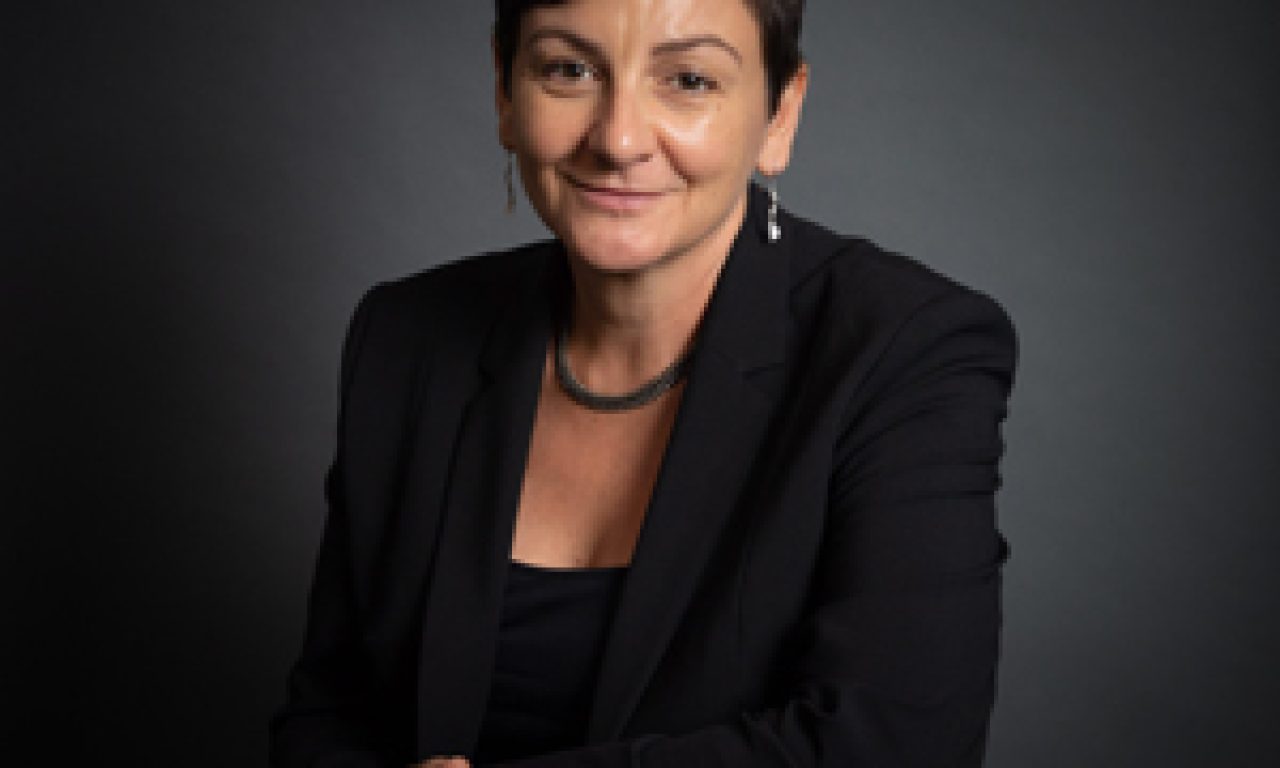The job of global custodians is about to get a lot more important as the spread of new technologies takes hold throughout the investment world. A recent paper by Northern Trust’s asset servicing arm ‘reimagines’ the investment world in 2030, looking at what a fully digital world is likely to involve.
Over the last decade, global custodians had already moved beyond their traditional roles and begun to provide a host of additional services around cyber security, artificial intelligence (AI), cloud computing, data analytics, and blockchain technology.
By 2030, custodians will be crucial part of a new collaborative ecosystem where both digital and traditional electronic solutions exist side by side. The custodians of 2030 will be client-centric and focused on asset safety. But they will also be flexible, agile, creative, and digital in ways we haven’t seen before.
Such is the vision set out by Northern Trust in its paper ‘Custody Reimagined – the outlook for global securities services in 2030’. According to Danielle Henderson-Gerace, the firm’s Sydney-based head of market advocacy and innovation research for Asia Pacific, tangible assets will be able to be issued digitally, which will provide a host of benefits, including fractionalisation.
Like most of the innovations mentioned in the paper, we are already seeing signs of what can be done. There is already some fractionalisation of investments, for instance, such as in real estate in Australia through the launch of DomaCom, in 2017, and various forms of crowd funding. Other examples are emerging. But Henderson-Gerace and her colleagues like to look longer term, taking what is being perfected today to a logical conclusion, or at least 10 years hence.
Northern Trust has already made headway with digitalisation in private equity, for instance, through a successfully completed pilot program in Geurnsey in the Channel Isles. The group brought in Broadridge Financial Solutions, a big technology provider, and used blockchain for the first time in the asset class with a live client.
“We will revisit this from the end of the year,” she said in a recent interview. “We will go beyond proof of concept to proof of value. The innovation pathway takes time.” She sees blockchain as an “eco-system technology”. In this instance, the general partners, limited partners, other service providers and the regulators all benefit, which brings costs down. “That’s why we want as many people as possible using an eco-system.”
The broadening of services offered by asset servicing companies, including custodians, has gone hand in glove with the broader adoption of technologies. For instance, in 2018 the first real issuance of digital securities emerged and blockchain (distributed ledger technology) started to take hold as a strong trend.
As an aside, Australia is possibly still on track to have the first stock exchange in the world using blockchain, with the ASX planning to phase out its CHESS system starting in April 2023. Until last month, the phase-out was scheduled to start a year earlier but this has been delayed by the impact of COVID-19.
The move to digitalisation throughout almost all components of the investment world, even private equity, precious metals and real estate will have profound effects on the world. Digital or crypto currencies, such as bitcoin, are starting to shake their dodgy and speculative image through their gradual adoption by institutions.
By 2030, the technology will have been adopted such that the digital issuance of securities will be the norm, according to the Northern Trust paper.
By 2030 transactions and settlements will be instant. The audit function will become live, helping the financial world to become more self-regulating. Compare such a situation with the current norm for annual audits and long lead times – often months – for final reports to be signed off for regulators, shareholders and clients.
Henderson-Gerace believes that, perhaps belying their stereotypical image, regulators are generally keeping pace with technological developments in financial services, either being pro-active or in response to industry prompting. For instance, with AI service providers are asking for guidance on how it can be used. “They are not as behind as you might perceive them to be,” she says of regulators in general.
Custodians as well as fund managers and other service providers are working on using robotics and AI to extract data from non-traditional sources, such as ‘unstructured’ data, which might involve the transference of the physical, such as a newspaper, to the digital, to allow the full employment of ‘big data’.
– G.B.


